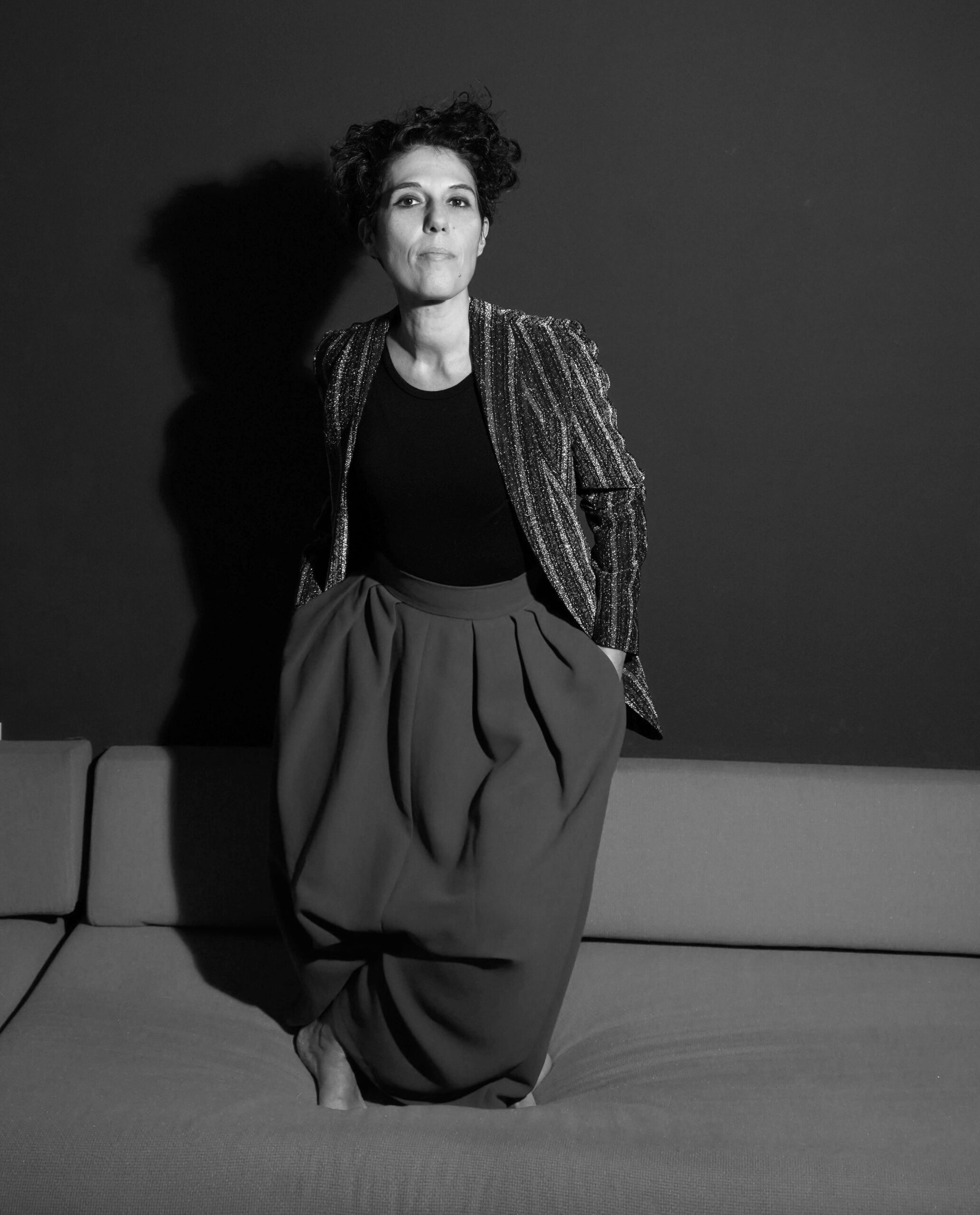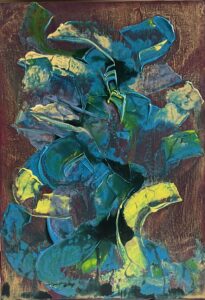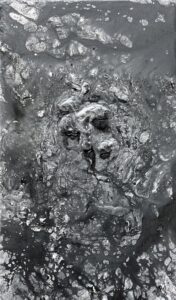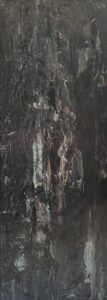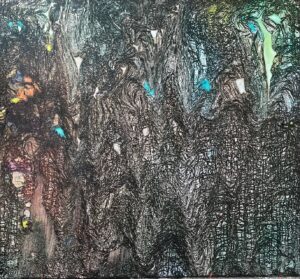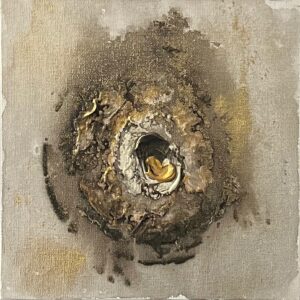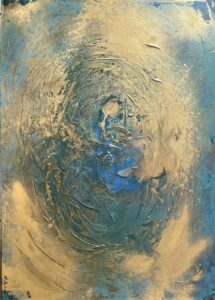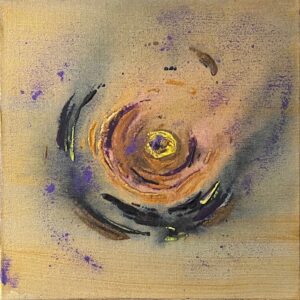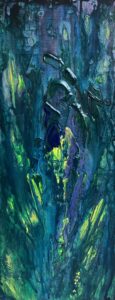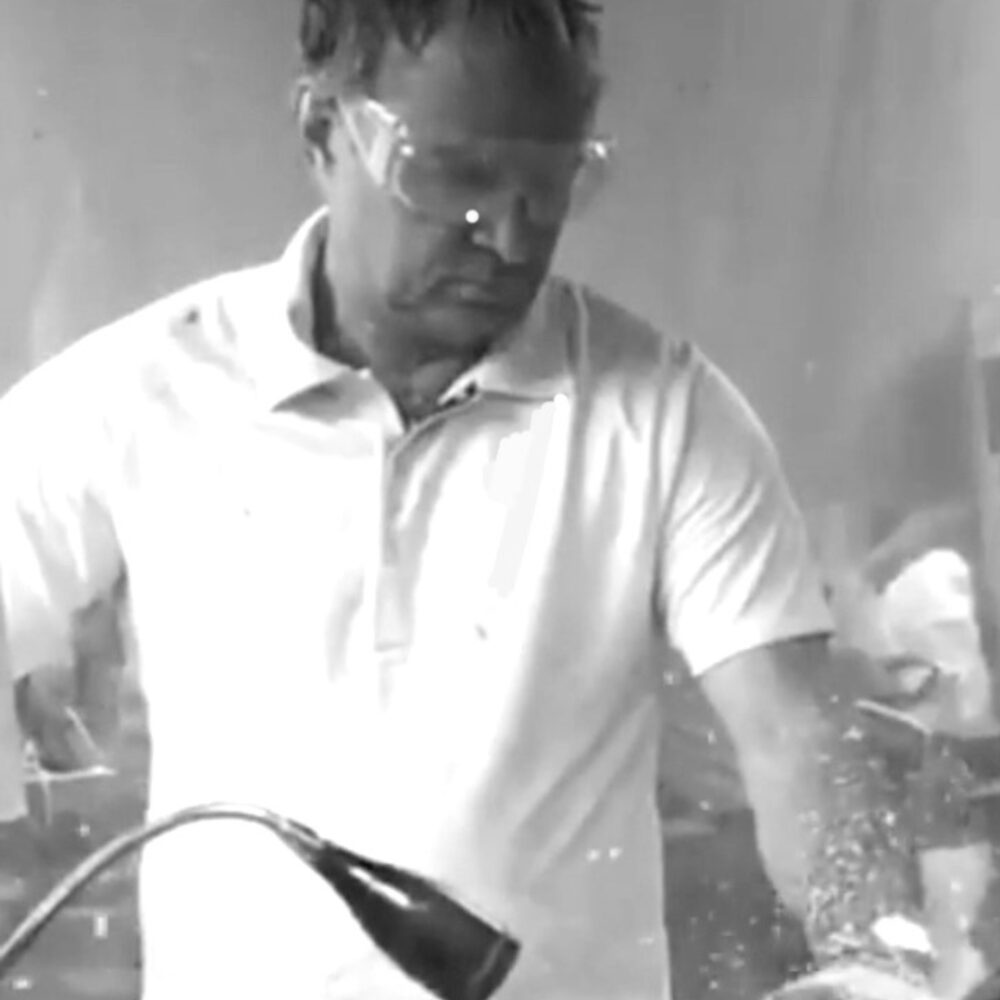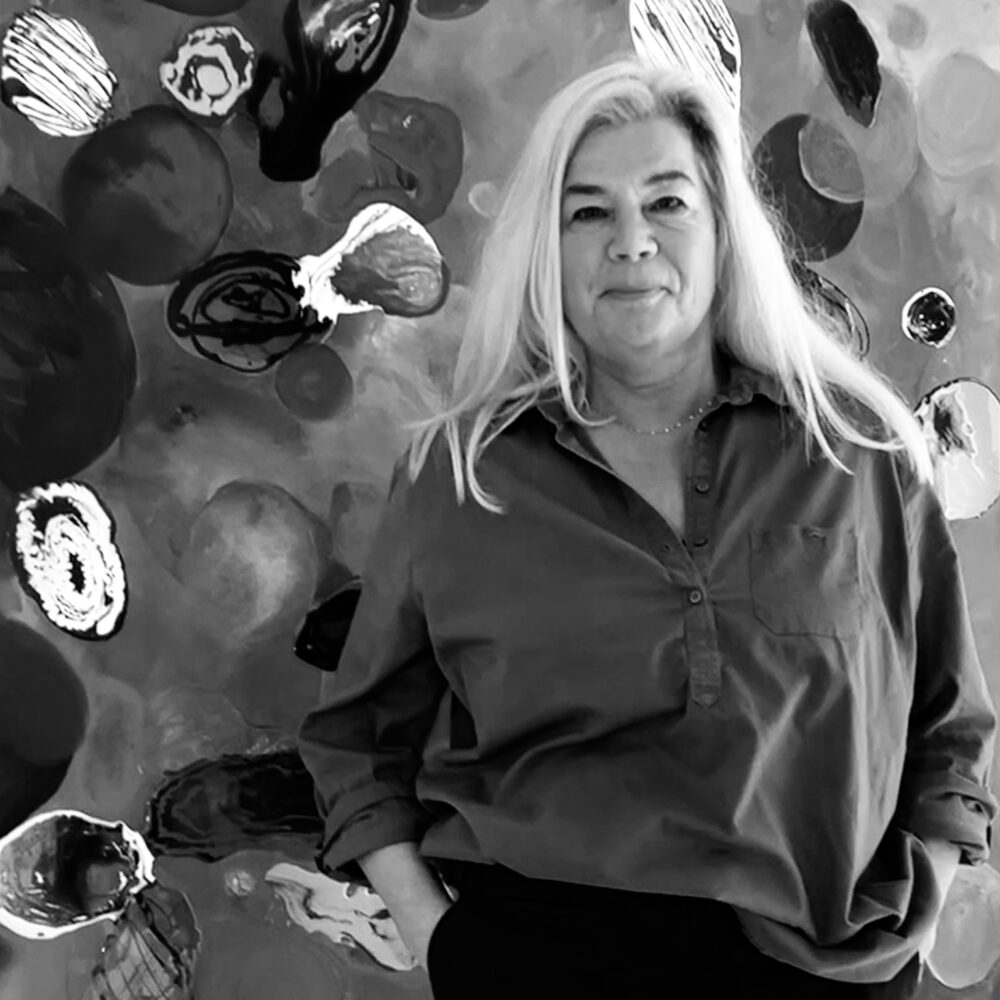Description
Cristiana Giacchetti is an Italian painter and sculptor whose roots run deep in a family of artists. With the fresco painter Aristodemo Giacchetti as her role model, she inherited an unwavering dedication to art. Under Gualtiero Nocentini, she learned to find the courage to experiment and to transcend her own limits. Giacchetti's works are rooted in abstract expressionism and are distinguished by the use of modern mixed techniques. She employs a wide range of techniques to create diverse visual effects and textures, underscoring her mastery in painting techniques. Giacchetti's art places a special emphasis on spontaneity, dynamics, and passion. Through textured layers of paint, vivid brushstrokes, and an intense use of color, she creates works characterized by passion, depth, and motion. Each of her artworks harbors a unique mood and story, characterized by specific applications of color and surface treatment. While some of her pieces exhibit almost sculptural qualities with thick applications of paint that emerge from the canvas, others are marked by delicate, flowing layers of color that suggest depth and movement. Giacchetti's paintings evoke a range of emotions and interpretations, challenging viewers to weave their own thoughts and feelings into the works. Her art reflects the inner state of the artist and suggests that through her work, she explores themes of depth, spirituality, and primal roots. She connects with the poetry of the human psyche and engages in a dialogue with her inner world, transforming her shadows into beauty. For Giacchetti, art is a form of soul-searching that allows her to gain deep insight into her inner world and transform her darker sides into beauty. Three pivotal terms encapsulate Cristiana Giacchetti's artistic essence: lyricism, primordiality, and pareidolia—the latter describing the mind's inclination to perceive meaningful patterns, often leading to optical illusions within the subconscious. Many of her works are born from the primal instinct of gesture, tracing the poetic and seemingly serendipitous motions of the soul or psyche, as considered in depth psychology. Yet, beyond the veneer of randomness, the viewer is often led to discern an alternate form—a revelation achieved almost through an optical illusion. It is this secondary image that the observer constructs through what the philosopher Plotinus referred to as the "spiritual gaze," an eye that penetrates beyond mere appearances to apprehend the very essence.

